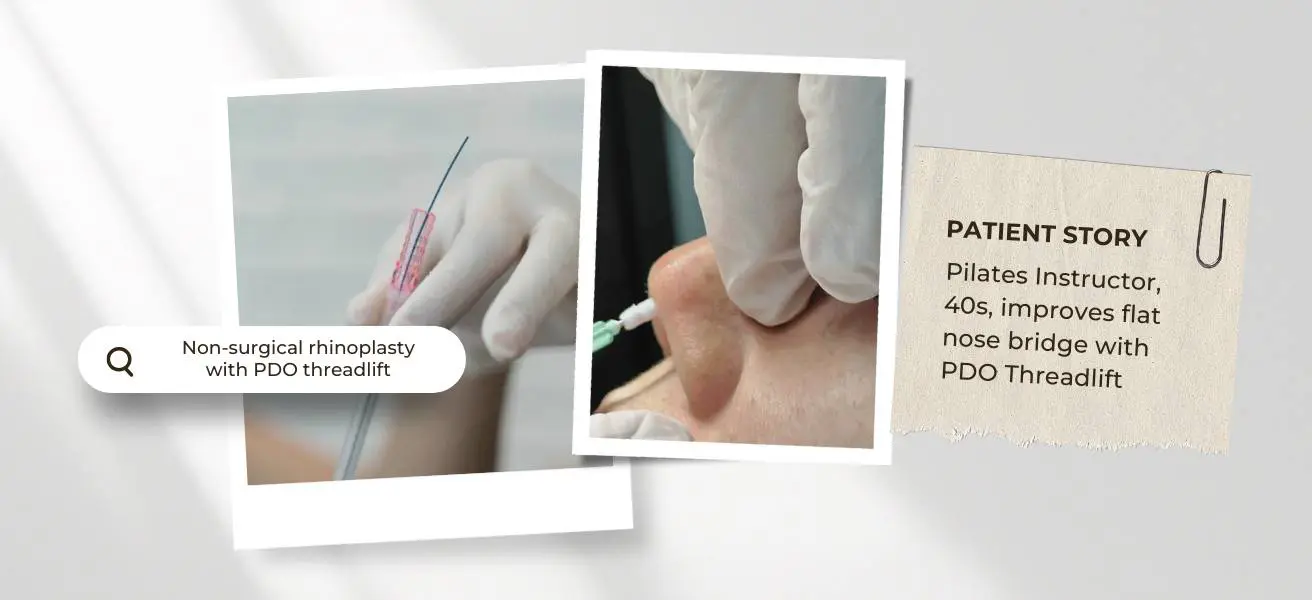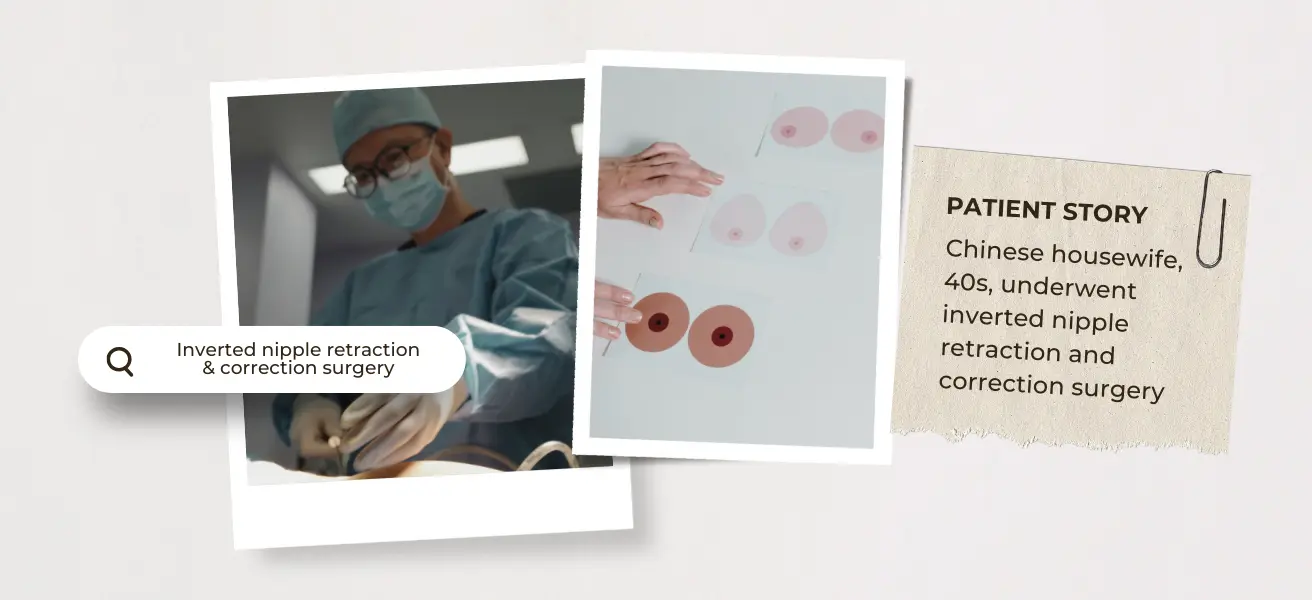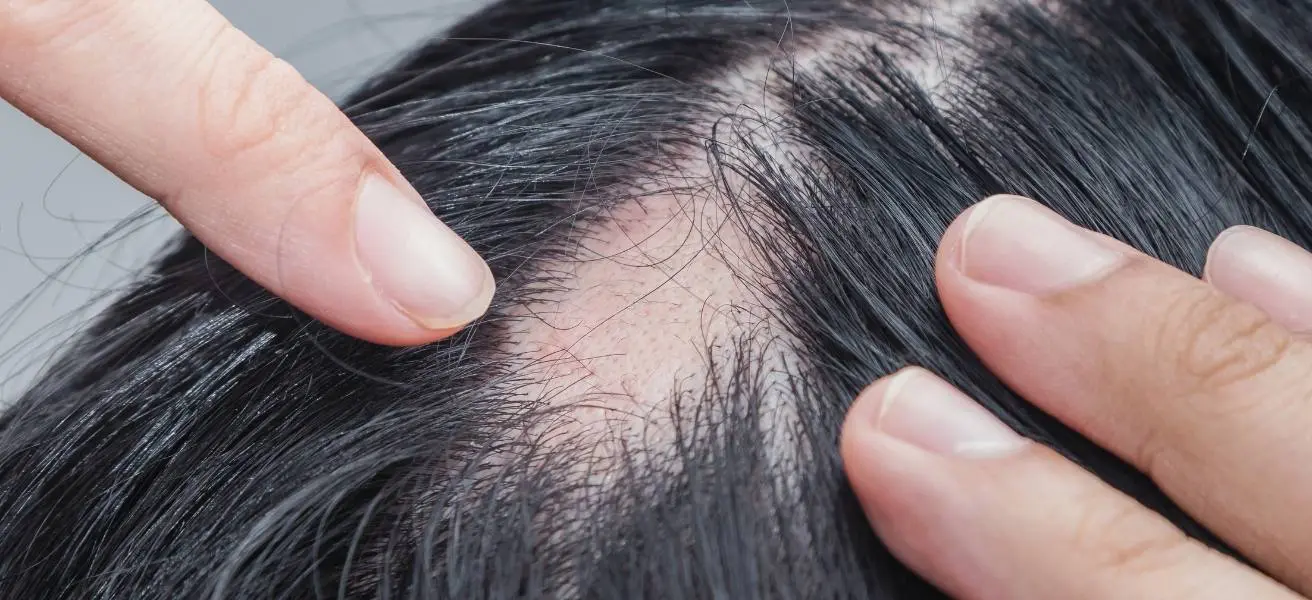"Abs are made in the kitchen." Weight loss, just like abs, also starts in the kitchen. Here are some healthy dietary habits to consider.
Table of Contents
From acne and stretch marks to itchiness and rashes, your skin and body go through many changes during pregnancy, so it’s important to learn how to deal with them safely.
But when there are so many misconceptions surrounding pregnancy skin and body all around you, it can be difficult to find out what you can or cannot believe, especially when you’re a first-time mother.
Ahead, we gathered and debunked some of the more common misconceptions surrounding pregnancy skin and body for you so you don’t have to waste any more time trying to determine fact from fiction.
Debunking 5 common myths about pregnancy skin and body
Myth #1: You get a beautiful glow on your skin when you’re expecting
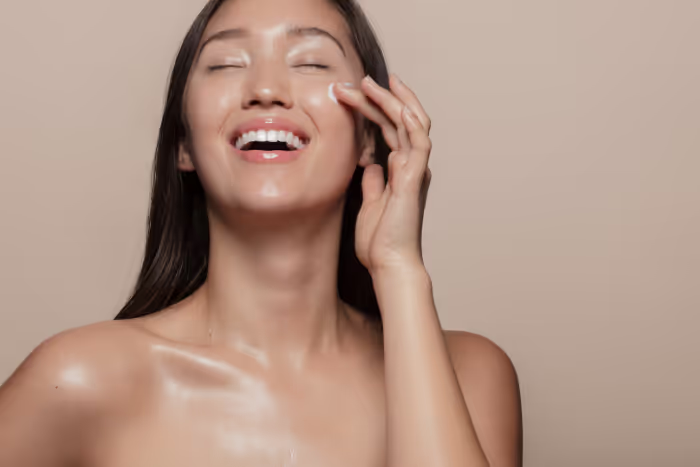
During pregnancy, you may be showered with compliments that your skin is “glowing,” which is often the most visible phenomenon seen on the face of expectant mothers.
Some old wives’ tales going back centuries say that this pregnancy glow is caused by happiness or even by the sex of your baby (the latter has no scientific evidence that backs up the claim, by the way).
While some of us do experience some form of glow on the skin, it is primarily due to hormonal fluctuations and increased blood flow during pregnancy that makes your skin look flushed.
Your skin’s oil production is also likely to go into hyperdrive in the first and second trimesters thanks to the increased amounts of hormones such as estrogen and progesterone released, which can make your skin appear glowing.
However, a heightened sebum production also means unwanted side effects, such as acne. That’s because aside from estrogen and progesterone, your body also overproduces a hormone called androgen which can cause the glands in your skin to grow and produce more pore-clogging oil that subsequently leads to bacteria, inflammation, and breakouts.
Excessive oil on your face isn’t just the only skin issue that mothers-to-be have to deal with – about 50% of pregnant women tend to develop melasma, which appears as large, dark patches on their faces.
Also known as the “mask of pregnancy,” this problem often creeps up during the final (third) trimester when estrogen, progesterone, and a melanocyte-stimulating hormone that functions to regulate skin colour are at their highest.
Additionally, your emotions aren’t the only touchy thing during these nine months of your life – pregnancy can make skin more sensitive as well. This can even include cosmetics, skincare products or materials that had never bothered you pre-pregnancy.
A common one is an irritation developed from jewellery that you might have worn your whole life. To circumvent this, it’s best to use gentle, fragrance-free products and always remember to test new skincare formulas on your wrist or behind your ear before using them.
Myth #2: Using oils and creams post-pregnancy to treat stretch marks
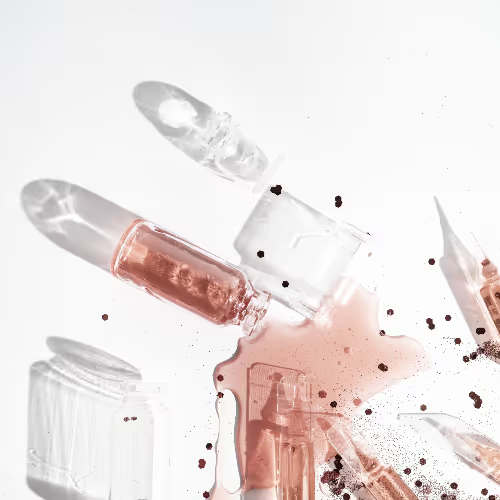
Stretch marks are tricky to treat, mainly due to rapid, excessive, and uncontrollable weight gain during pregnancy.
If you take great care in carefully monitoring weight during the entire pregnancy, and diligently applying oils and creams throughout this period, the chances of developing stretch marks on your skin can actually drastically reduce.
Once the skin stretches and the marks are formed, however, the damage would be much harder to treat postpartum and can only be addressed effectively by doctor-prescribed treatments which will be recommended based on the severity of the stretch marks.
Myth #3: Pregnancy causes varicose veins

Certain research has found that varicose veins in your legs aren’t actually caused by pregnancy; rather, it is a pre-existing condition that can worsen when you’re expecting due to changes in hormones and the increase in blood volume.
These enlarged veins in your legs may also appear more prominent during pregnancy because your uterus is exerting greater pressure on these veins during this period. Some expectant mothers may also develop vaginal varicose veins which form when pregnant women undergo a vaginal birth.
The good news is that these varicose veins that appear more visibly during pregnancy generally improve three to 12 months postpartum without needing any medical treatment.
Myth #4: Breastfeeding may cause breasts to sag

While breastfeeding is one of the factors that may cause sagging of the breasts, there’s actually a number of other culprits that should be considered as well.
Firstly, it’s important to understand that from the very beginning of pregnancy, your hormones typically begin to rev up your breasts to get you ready for breastfeeding. This means fatty tissue and blood flow to the breasts increase in order to help the milk ducts and mammary glands grow – many women’s breasts would usually grow to a full cup size or more within six to eight weeks into pregnancy!
The amount of fatty tissue increase largely determines the breast size, but you will also experience expanded glandular tissue and fluid retention in your breasts as well.
Moreover, fatty and connective tissues may shift when you stop breastfeeding – this change can also cause the skin and tissue of the breasts to stretch, leaving some women with an “empty sack” when the milk-producing structure “shrink” to the pre-pregnancy size which can affect body confidence.
That said, the fear that breastfeeding will make your breasts sag shouldn’t hold much weight because factors such as large pre-pregnancy breast size, changes in your body mass index (BMI) during pregnancy, the number of pregnancies you’ve had, age, and a history of smoking can alter your breast appearance more than breastfeeding.
Myth #5: Exercise alone can help you shed those extra pounds
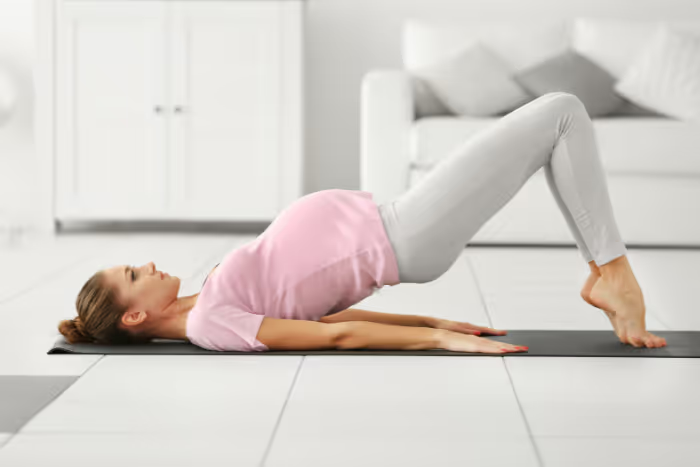
Oftentimes, women turn to exercise to help shed those extra pounds that were gained during pregnancy. However, exercise alone cannot get the job done and is often unable to deliver the results that you’re after. To lose weight, you need to first understand that diet and exercise go hand in hand and you have to follow a strict diet and implement a regular exercise routine in order to see results.
That said, research has found that working out can only take you so far and exercise alone cannot reduce localised body fat deposits which are commonly seen on the abdomen, love handles, arms, and thighs for postpartum mothers – these stubborn fats have to be treated with surgical fat reduction.
What can you do to treat post-pregnancy skin and body woes effectively?
To regain your skin and body confidence after giving birth, you can consider looking for aesthetic treatments that offer more visible results in a shorter amount of time. Here are the top three procedures you can consider at Amaris B. Clinic:
To treat postpartum skin concerns: Pico Fractional Laser
Achieving radiant skin after giving birth is possible with Pico Fractional Laser, which is one of the signature treatments at Amaris B. Clinic.
This treatment uses an FDA-approved picosecond laser to target various skin issues such as breakouts, acne scars, skin oiliness, dullness, enlarged pores, and pigmentation.
How? This is all thanks to advanced laser technology that delivers powerful 450-picosecond pulse energy to penetrate deeper into the skin and repair targeted areas without damaging its surface and protective barrier.
Safe, relatively quick, and virtually painless, this treatment helps to eliminate dead skin cells and speeds up cellular turnover while improving the overall complexion and skin texture with less downtime.
To remove stubborn post-pregnancy fat: Vaser Liposuction

When exercising frequently doesn’t produce results, it’s time for Vaser Liposuction to take over and finish the job. And when it’s performed by Dr Ivan Puah, who has more than 15 years of body sculpting experience, you can rest assured that he customises his approach according to each individual’s body shape, problematic fat distribution areas, and the patient’s optimal goal to achieve the best possible results.
Delivering ultrasonic energy that specifically targets fat cells and breaks them down, Vaser Liposuction can get the job done with minimal disruption to the surrounding connective tissues, blood vessels, and nerves.
The liquefied fat can then be siphoned out using a suction tube, and Dr Ivan Puah will further contour the specific area with a specialised cannula for a more sculpted look. On top of that, Vaser Liposuction also can stimulate collagen, which means the skin around the treated area will be visibly firmer.
Additionally, Dr Ivan Puah has also developed his own proprietary body sculpting approach known as the MDC-Sculpt® Lipo technique, which not only is able to achieve a large volume of fat removed but also meticulous sculpts to create a shapelier body profile while achieving further tightening of the skin.
The development of advanced medical technology has made total face and body sculpting more efficient. Still, the experience and degree of the meticulous face and body sculpting performed by Dr Ivan Puah distinguishes the results you’ll achieve at Amaris B. Clinic from other body contouring treatments elsewhere.
To tone up post-nursing breasts successfully: ADR-C Breast Enhancement
For better breast shape post-pregnancy, the ADR-C Breast Enhancement can help. This procedure involves removing fat tissues from body parts, such as the abdomen, via liposuction and purifying the harvested fat before injecting it into areas of the breasts. Over time, the fat cells integrate into the surrounding breast tissue, giving you a perkier and more natural look.
As it utilises your body fat, ADR-C Breast Enhancement is considered a safer alternative generally to breast implants because it eliminates the risks of rupture, leak or shift. Since implants are not life-long devices, surgery will eventually be required again in the future which means you’ll have to set aside money and time to accommodate additional surgery costs and lifestyle interruptions.
With Dr Ivan Puah, the surgical approach for ADR-C Breast Enhancement is to distribute the fat across various planes within the skin and breast tissue so that the results will have a natural feel and shape.

Amaris B. Clinic can help resolve your pregnancy skin and body woes – efficiently and safely
With Amaris B. Clinic, you can rest assured that your well-being is in safe hands as the patient’s safety, health, and results are a top priority for the team at the establishment regardless of the procedure you undergo here.
Not one to skimp on time spent on patients, Dr Ivan Puah always makes sure that he sets aside sufficient time to conduct a thorough consultation with each individual to advise on suitable treatment plans after assessing one’s clinical conditions, needs, and expectations.
Armed with more than 15 years of experience performing facial cosmetic enhancements and body sculpting procedures, Dr Ivan Puah is the medical professional you can trust to recommend a treatment solution that gives you optimal results.
Dr Ivan Puah is an accredited liposuction doctor in Singapore and is trained in Vaser Liposuction and 4D Liposuction (Hi-Definition Lipo) in Colorado and Argentina.
More than just an aesthetic clinic, Amaris B. Clinic has also revised its offerings to include integrative medicine along with body sculpting and medical aesthetics. This means that the clinic now provides weight loss and fitness assessment, pain management and sports injury rehabilitation as part of its suite of comprehensive treatments and services.
So if you’re looking for an aesthetic clinic that can help you regain confidence in your postpartum skin and body, you can definitely consider Amaris B. Clinic where a team of medical professionals will be dedicated to enhancing your appearance, health, and fitness on all levels by fully personalising their approach to your treatment.






















